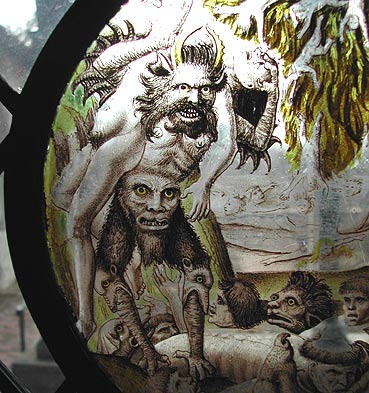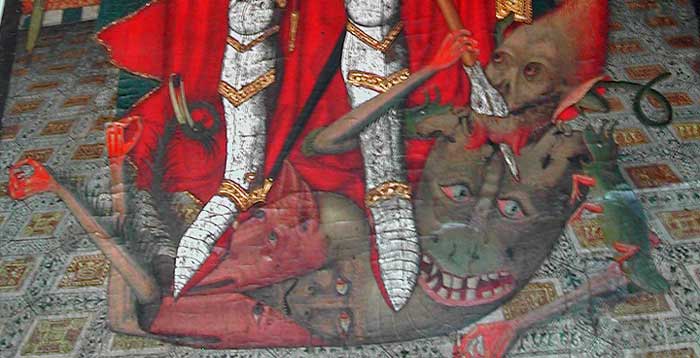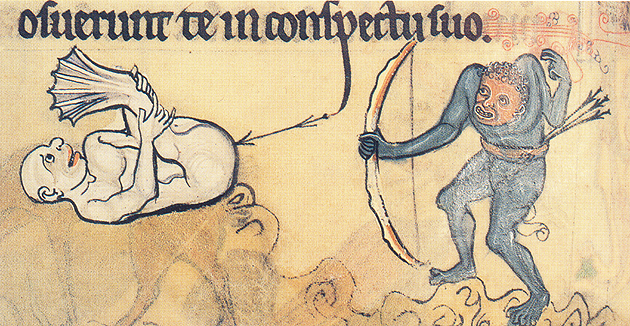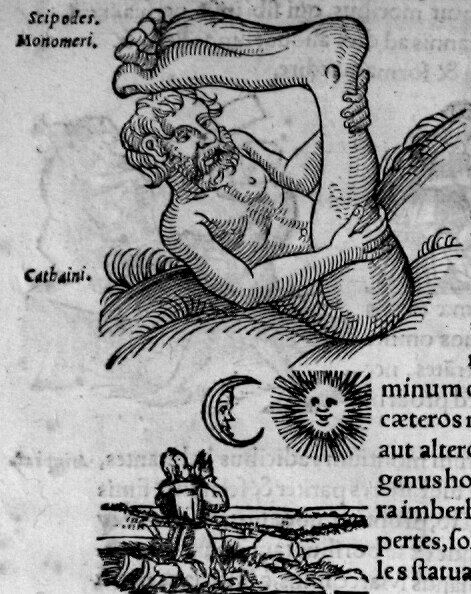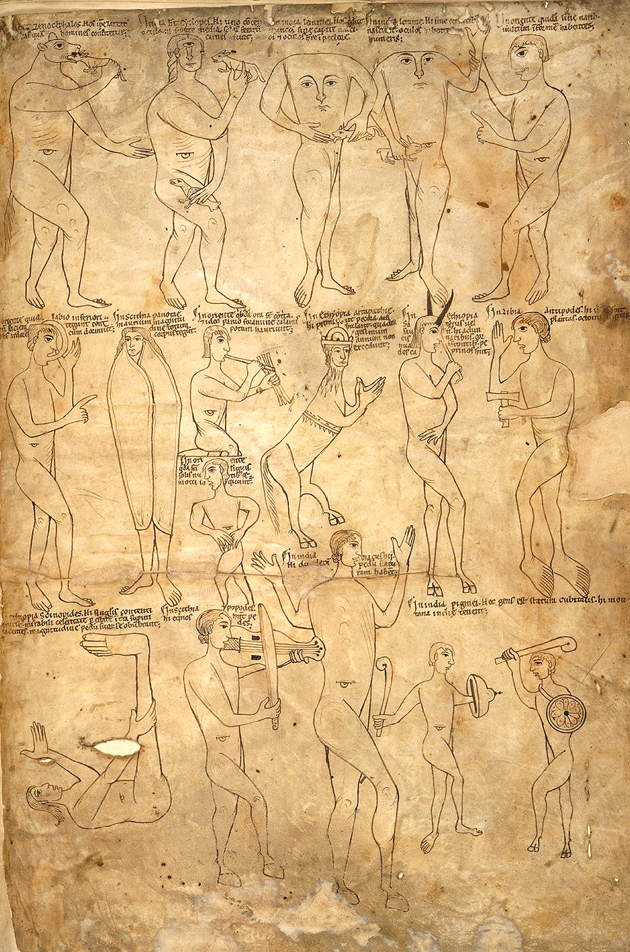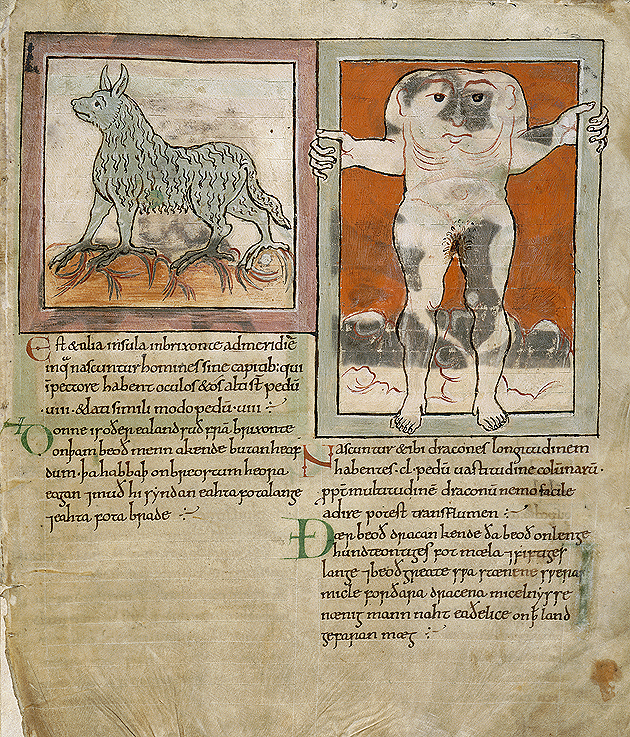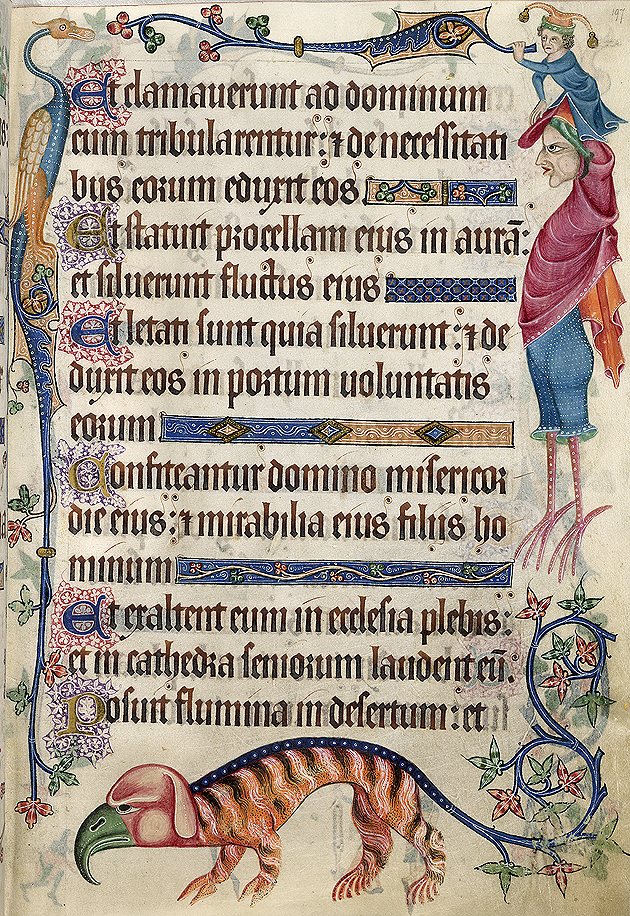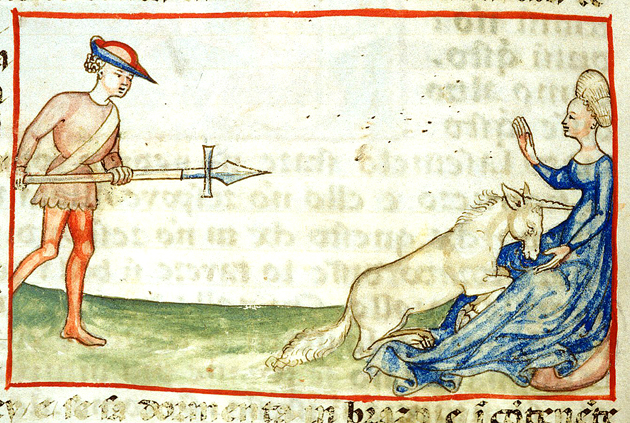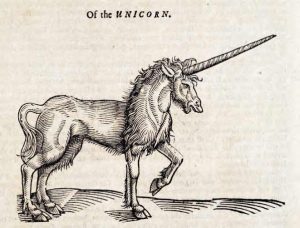Medieval Monsters An Enjoyable Overview
Just the word ‘medieval‘ conjures up a sinister sensation in most people’s imaginations. Plague, famine, death, war, torture. All in all there was a lot to fear back then, but like with any culture or epoch of history, if you are absorbed in it and it’s all you know, you would have no other frame of reference and you’d have fun, happiness and joy on occasion too. They certainly were obsessed with monsters though.
In 10th century England, descriptions of otherworldly monsters were gathered together into a text known as the Wonders of the East. A massive 12th century Bible made in Germany contains a page of drawings of the monstrous races, and the 13th century English Rutland Psalter includes depictions of monsters in its margins. Another Psalter made in England c.1260 includes a small but highly detailed map of the world with the monstrous races arrayed along its eastern edge.
I’ve put together some details about the main medieval monsters that might have filled a standard person’s dreams of a wintry 12th century eve…
Sciopod
The picture below shows a web-footed Sciopod being shot where the sun don’t shine. It was painted around 1260. Sciopods were mythical dwarfs with just one huge leg and foot. In case you were wondering how the anatomy of reproduction would work in a sciopod, the genitalia is found behind the leg rather than in front of it according to Umberto Eco, but what does he know.
Their first mention in literature is in Aristophanes’ play The Birds. Pliny (23-79 AD) also gives second hand accounts of the monopod sciopods being witnessed in India. It’s possible that the myth started from westerners witnessing Indian yogis standing on one leg. Another possibility is that some traveller or other saw an example of elephantiasis of the lower legs in Africa.
Harley drew the picture below of the most monstrous of races on the planet in 1175. I love the guys with faces on their chests:
Next we have a page from the Wonders of the East book mentioned above featuring the face/chest guy again:
CLICK HERE FOR A MORE MODERN MONSTER COLLECTION
The regular depiction of these monsters doesn’t mean that the medieval mind feared them necessarily. They may well have delighted in their colourful representation and also been relieved that they were safe in the Christian world from such critters. They could have reveled in the images much like we do today in horror films. They’re scary but ultimately we know we’re safe.
Here’s a decorative monster on the Luttrell Psalter (1325-1335):
INCONGRUOUS PHOTOS FROM MEDIEVAL FESTIVAL 2013
Not all monsters were bad either. Unicorns were considered a symbol of Christ. (if you would like to watch a video of a lady that actually still believes in unicorns click on that link, it is honestly hilarious).
The picture below by Harley (1450-1500) shows a woman chilling with one (or being stabbed by one?):
MORE MONSTERS: THE ANATOMY OF A JAPANESE MONSTER
So the medieval mind seems to have been obsessed with monsters. I would argue that humanity’s mind is always obsessed with monsters. Back then it was mythical one-legged dwarves and demons, today it’s paedophiles, pharmaceutical companies and swine flu. The human brain has evolved over millenia to protect its human shell. It’s better for it to be frightened of something imagined once in a while than not be frightened of anything at all. That will get you in real trouble.
MORE MONSTERS: THE MYSTERY OF THE MONTAUK MONSTER OF PLUM ISLAND

